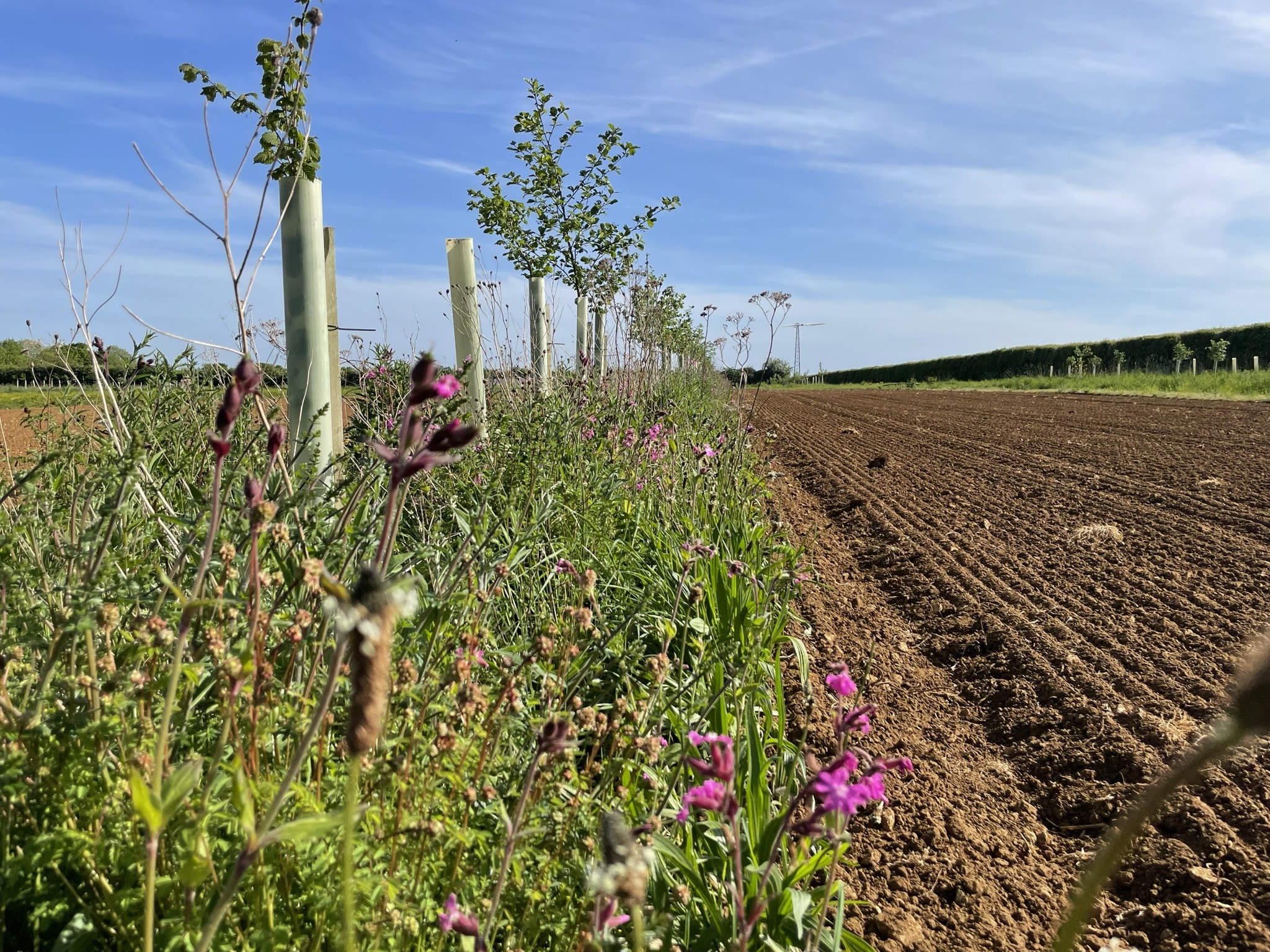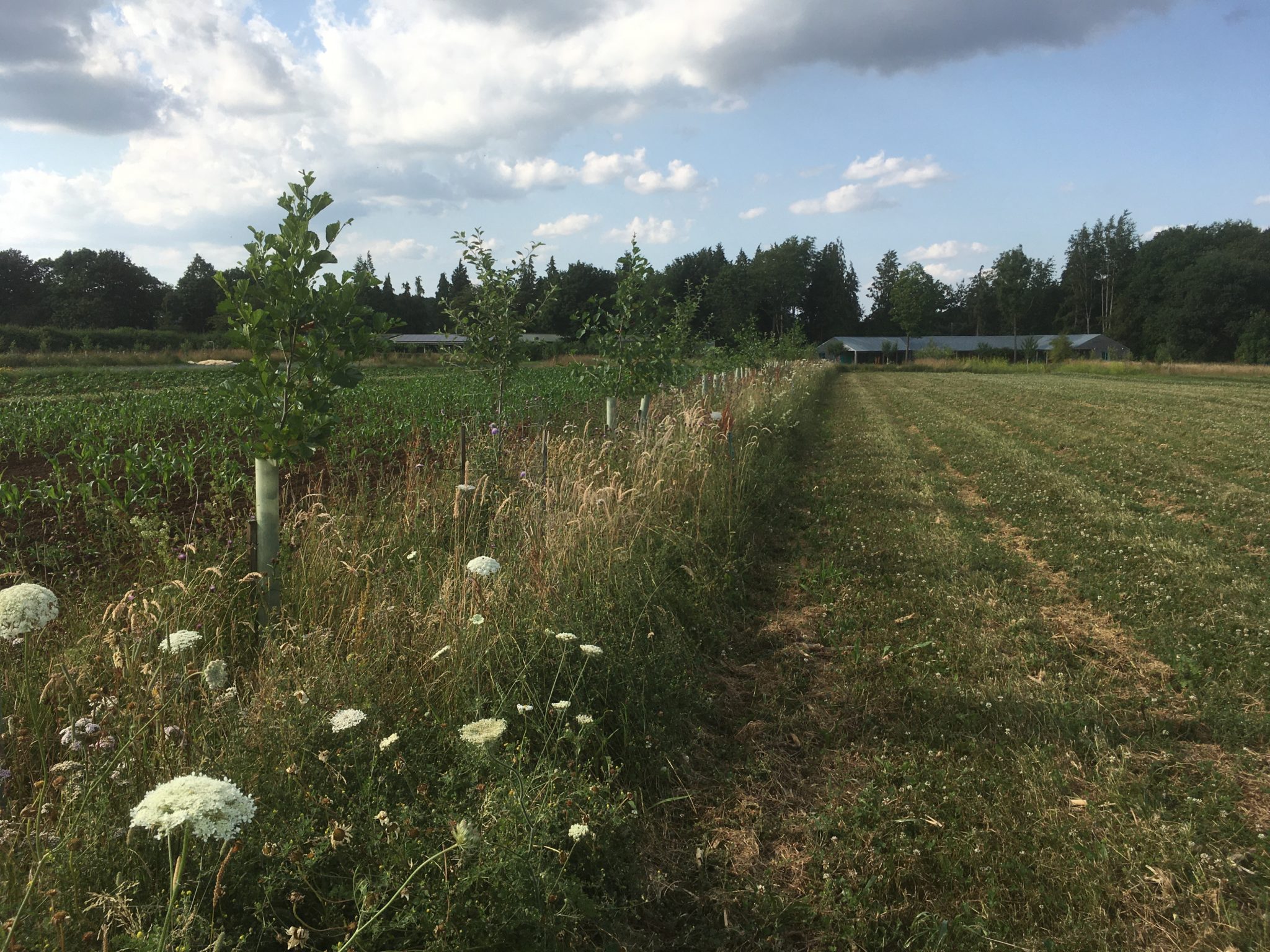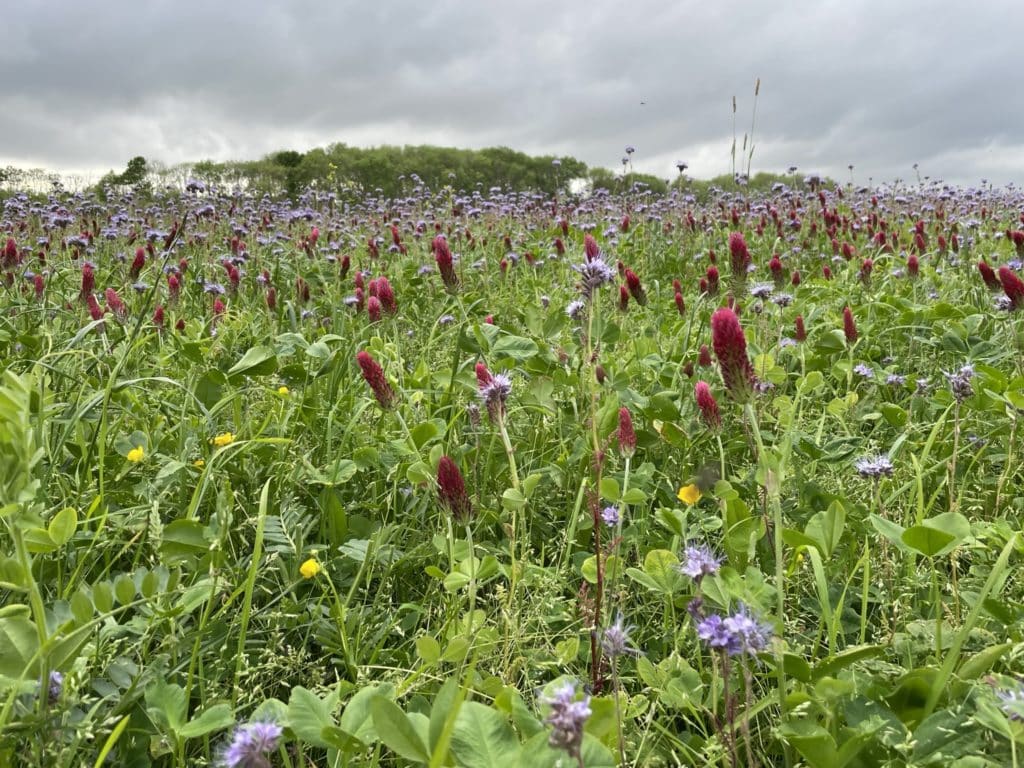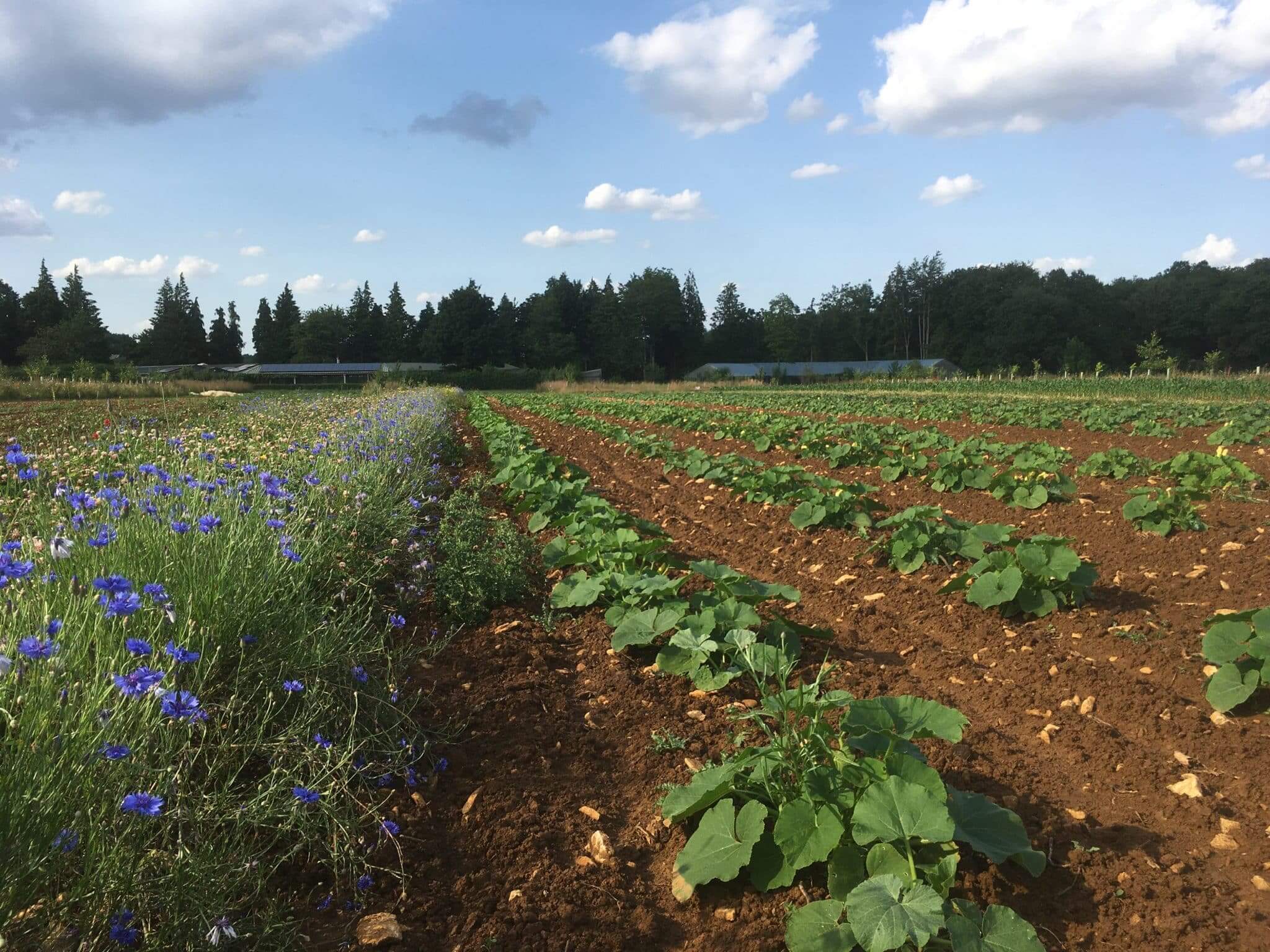“It’s almost farming the insects like you farm your crops,” explains organic farmer Andy Dibben, and he’s not speaking about a new opportunity for edible protein. At least, not for humans.
In fact, he’s very interested in protein but in the form of pollen, which he sees as a farmer’s “currency” and is part of his wider approach to use insect abundance as vital tool in food production.
As an organic farmer at Abbey Home Farm in Gloucestershire, Dibben doesn’t use chemical insecticides. But he also goes much further than that simple baseline.
“If they can’t find aphids and caterpillars, the alternative source of protein for predatory insects is pollen. You want to keep them near to your crops, so have pollen around at all times,” says Dibben, who says his entire approach to farm design in the last five years has been about proactive insect management.
In practice, this means maintaining and growing a constant source of insect food for as long as possible.
Organic farmers have long relied on predatory insects to eat pest species, like aphids, which can destroy crops and wipe out a whole harvest’s worth of income. But it can be an inexact science and with climate change bringing new pests, like sciarid fly that ruined thousands of pounds’ worth of organic broad beans in Devon last year, new tools are never unwelcome.
The approach can also help non organic farmers envisage a shift away from chemicals, something happening in a growing movement of regenerative agriculture across the UK.


On Abbey Home Farm, things start moving in early February with the arrival of tree pollen.
“Naure will provide pollen from February-March with the first catkins appearing on trees,” says Dibben, whose farm is also a pioneering example of agroforestry where trees are grown alongside crops.
“I maintain permanent perennial habitats through trees including apples, elder, wild cherry and hazel, which pollinate in succession. Underneath that are around 20-30 species of permanent perennial wildflowers.
“When the trees finish, the wildflowers start, and last until mid July. Then nature stops doing pollen and human techniques step in.”
Dibben puts annual wildflowers like cornflowers at 50m strips within fields, which is the proven range of insects. This combines with his agroforestry strips of trees, which are under-sown with perennial wildflowers.
He has the same strips of wildflowers inside his glasshouses over winter, while even leaving plants in the field after harvest plays an important role.
“In October every year after we have harvested all the cobs, our sweetcorn plants get covered in aphids; this a key moment in the ladybird cycle for us,” he explains.
“We find the aphids attract large amounts of adult ladybirds, which start feeding on them. More importantly they lay lots of eggs which quickly hatch into lots of hungry larvae, feast on aphids and pupate into adults, and this last but important multiplication of the population heads off to the hedges, woods and other protective habitats to hide for the winter.”

Elsewhere on the farm, so-called green manure or ‘cover crops’ provide vital fertilisation to the soil, but Dibben mows these successionally “so there’s always something flowering”.
“It’s good for everything except hayfever,” he smiles.
But Dibben’s flowers have a far more important effect than beauty; helping reduce the attacks by pests and increasing pollination to aid crops, while boosting the amount of biodiversity at a time when species declines are drastically accelerating.
“I know I’ll see caterpillars and I know four to six weeks later they’ll be eaten. One of the biggest challenges is you have to commit fully. In order to have the predators, you have to have the pests,” says Dibben, who shares his knowledge generously and says one of the biggest challenges for farmers taking this approach is patience and tolerance.
With many benefits, not least protecting and working with nature, this approach does sometimes result in slightly less than perfect produce.
This is something Dibben can work around as most of his food is sold in the on-site farm shop. But it is also a reminder of how other growers do not have the same flexibility on aesthetic perfection.
In an era of collapsing biodiversity, a pollinator-positive approach to farming is vital – but it needs to come alongside a better acceptance, from supermarkets and consumers, of what nature-friendly food really looks like.
Wildlife in your garden
Gardens, patios or even balconies can provide environmental havens for insect life and help counter the loss of habitats or toxicity from intensive farming elsewhere. To welcome wildlife, consider their habitat, food and water needs.
- In the current heatwave, water is the highest concern. Leave a bowl for hedgehogs and birds if you have no space for a pond.
- A pond in itself is a great way to increase species diversity in your garden, including insects, frogs, birds and hedgehogs.
- Avoid chemicals and leave ‘wild’ areas in your garden without mowing to provide undisturbed habitat.
- Plant pollinator-friendly flowers that will bloom in succession for as long as possible.
- Sign up for citizen science projects like The Big Butterfly Count or bat monitoring to help organisations track the health of species.
Find more ways to welcome wildlife into your garden.









0 Comments